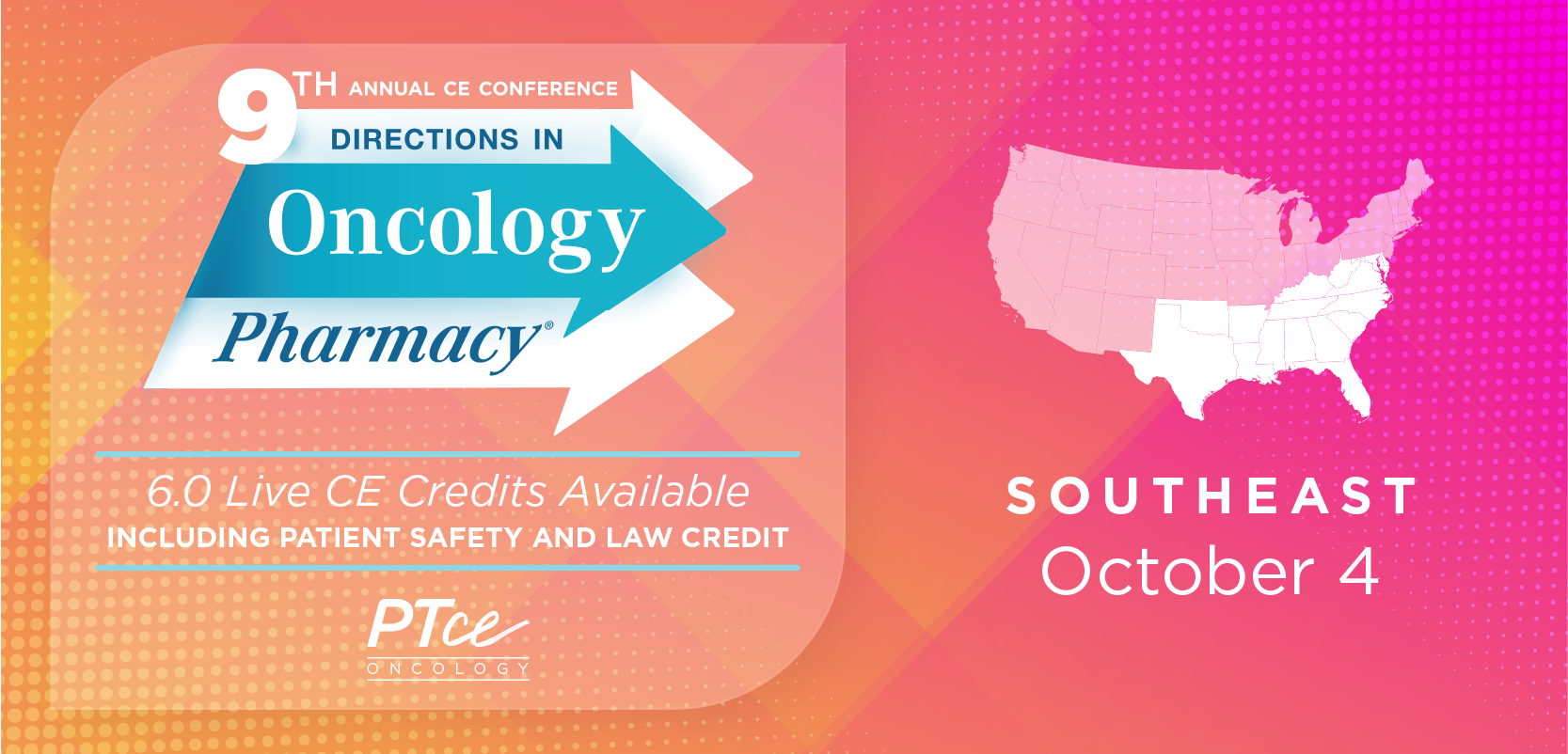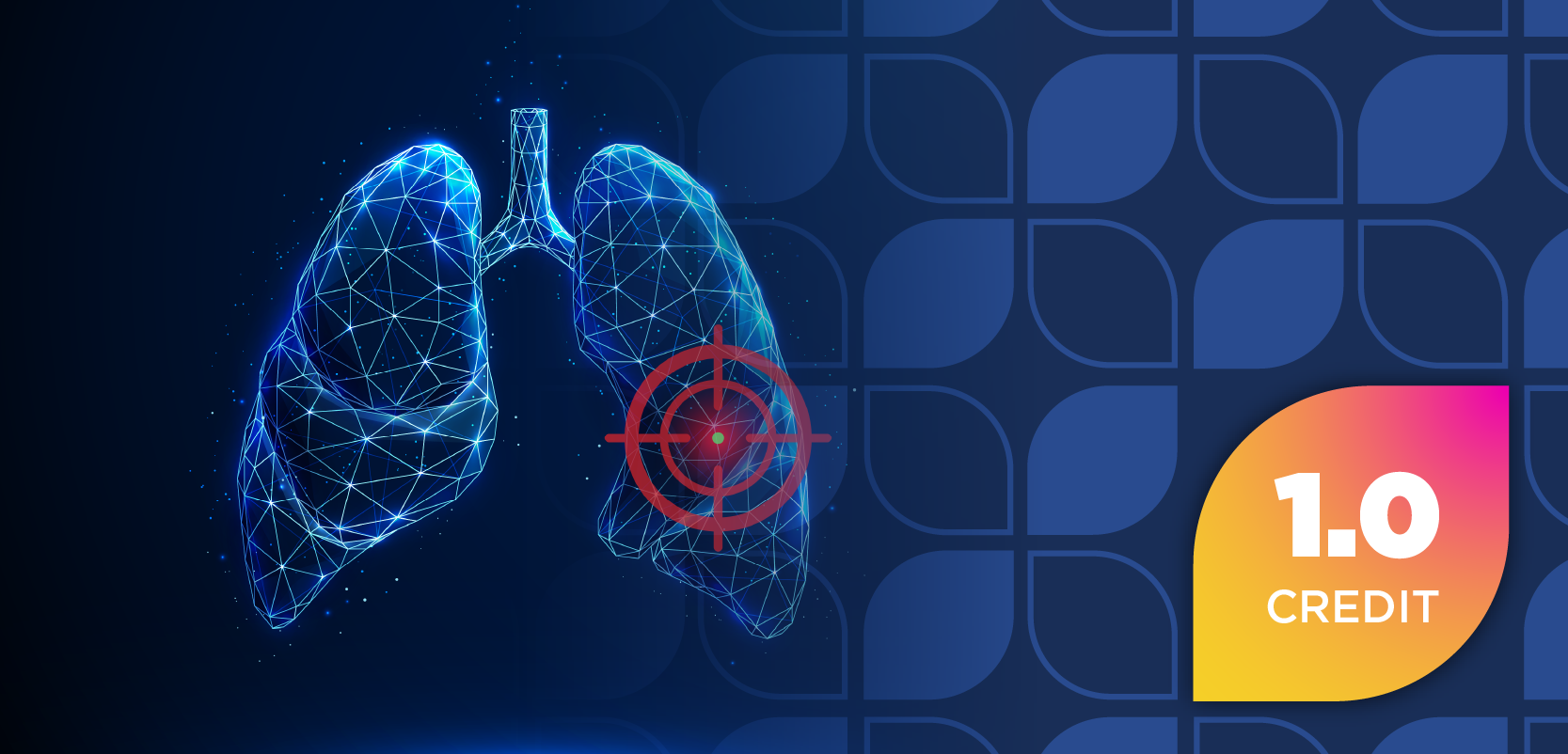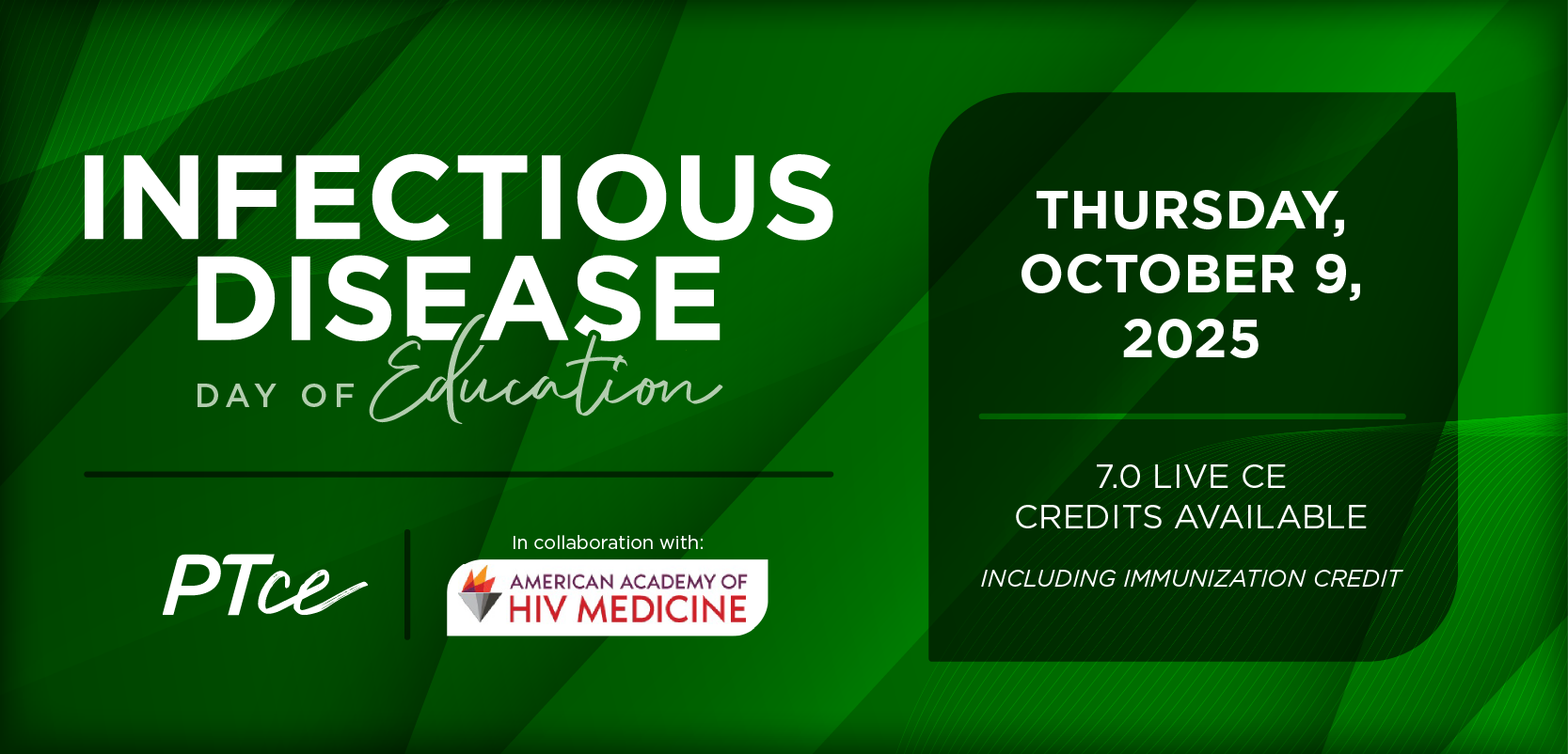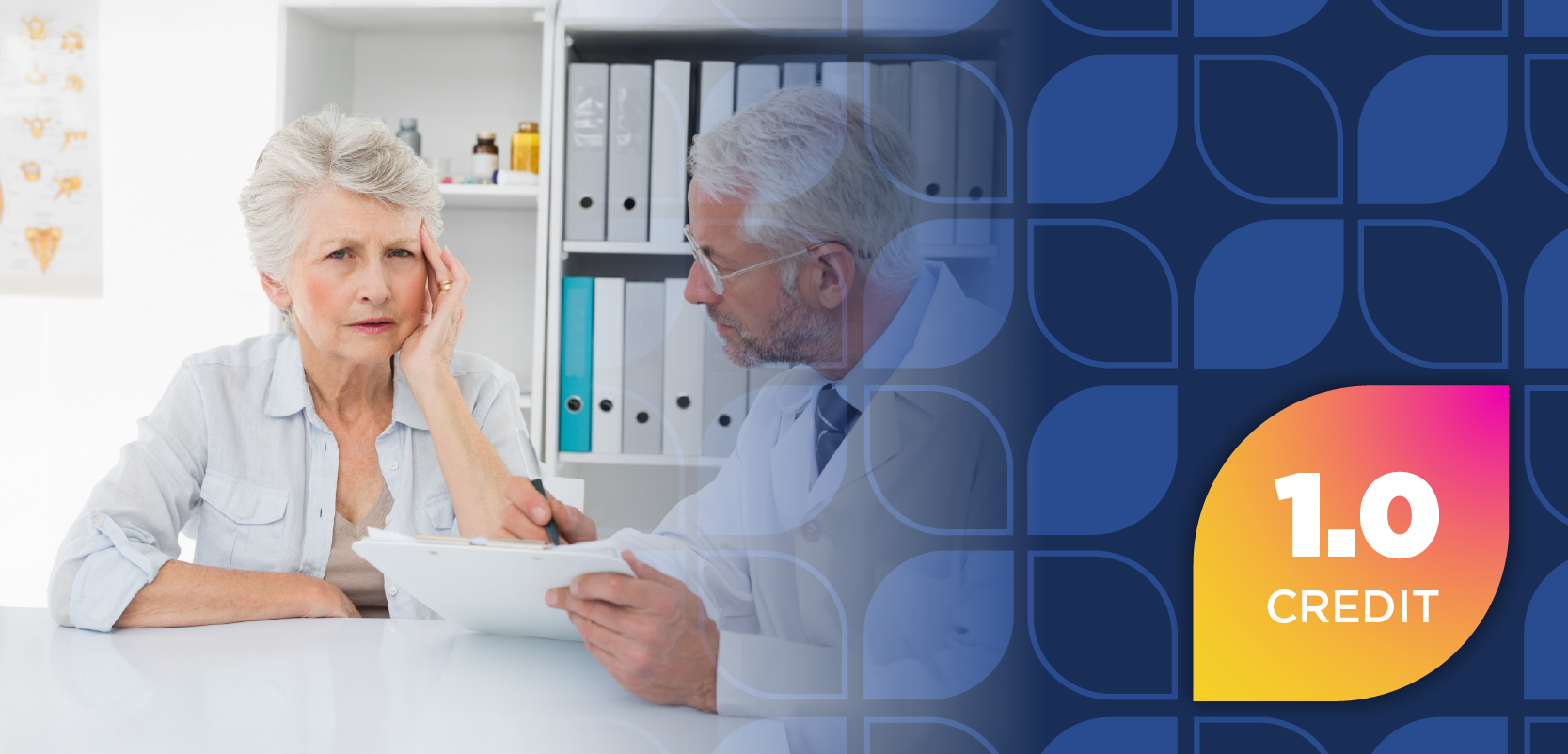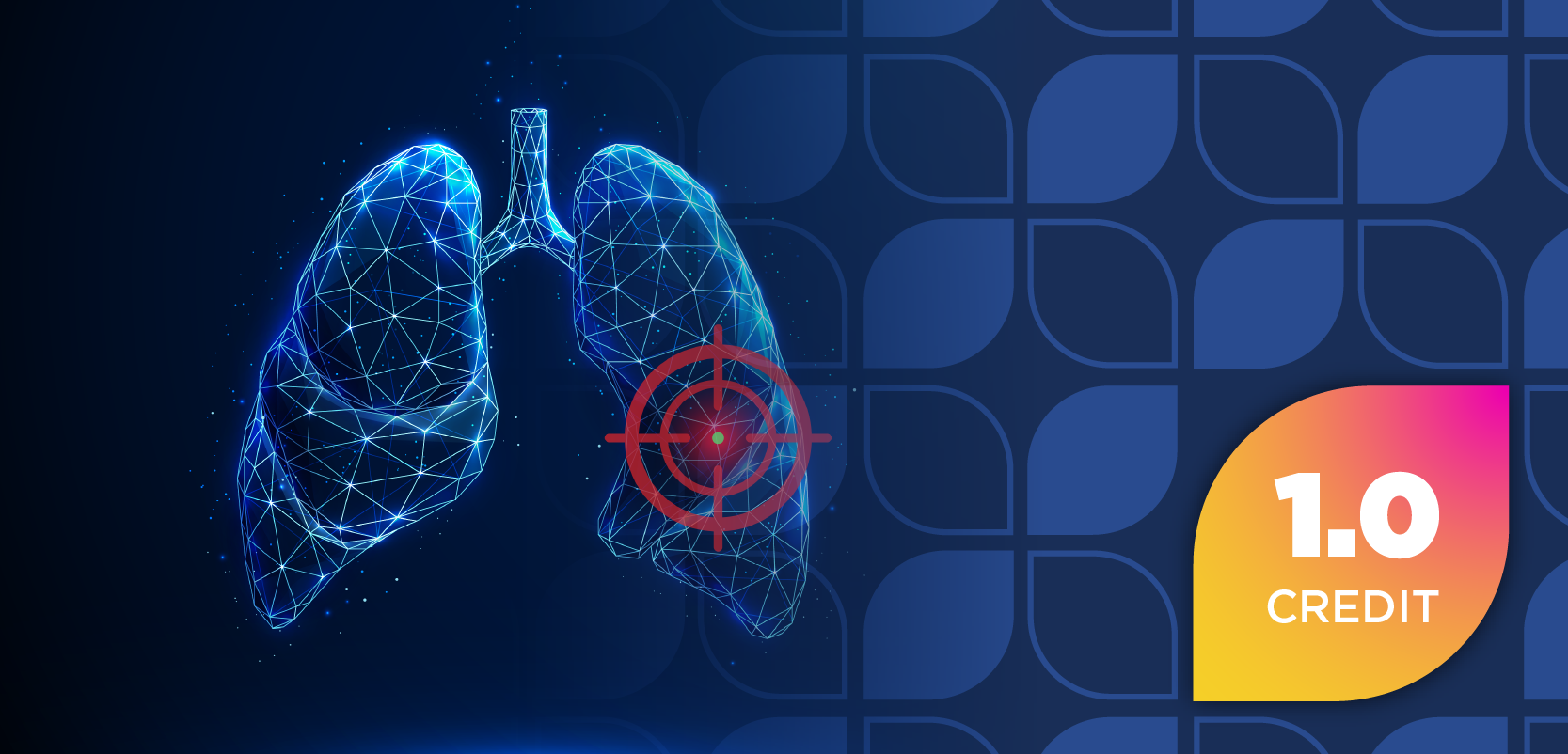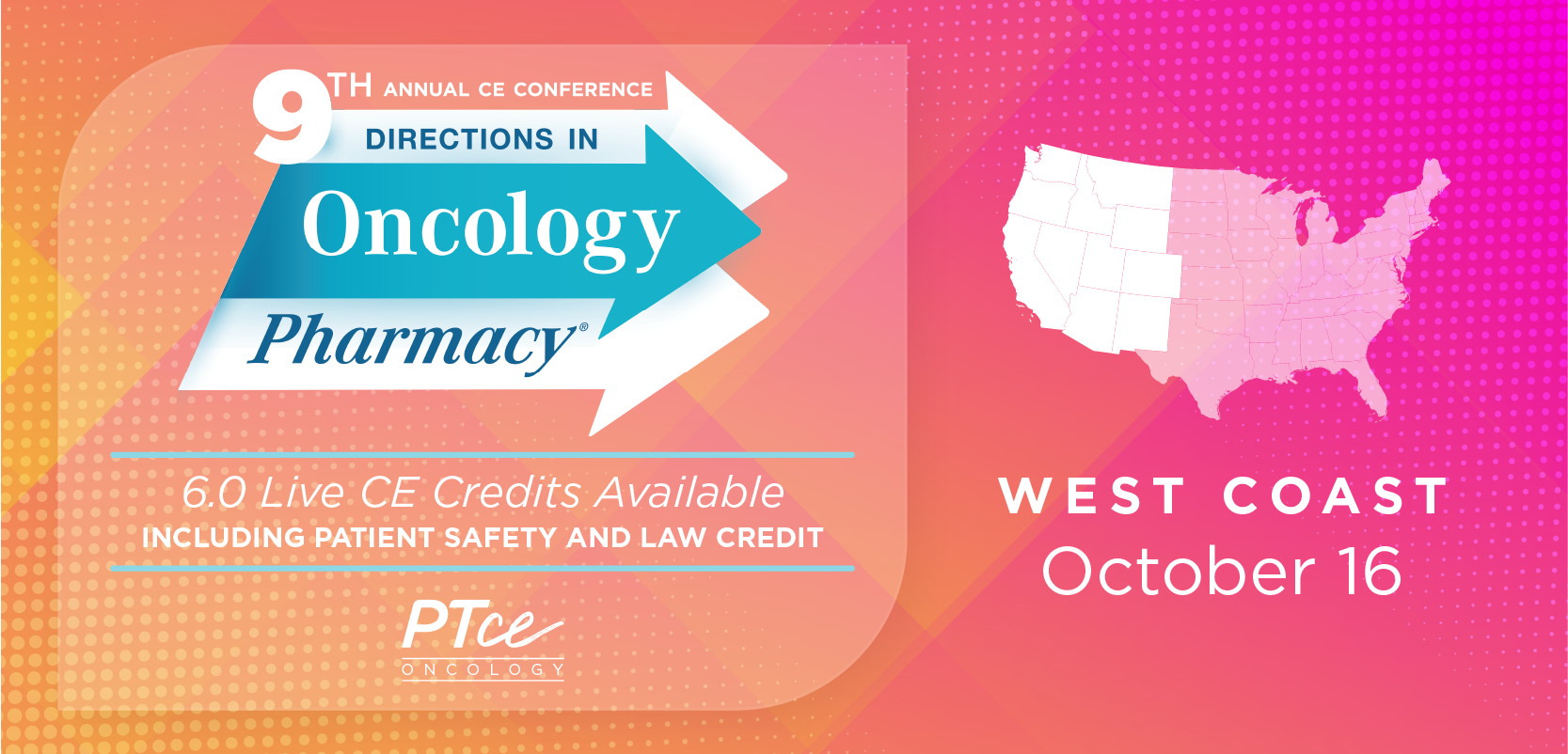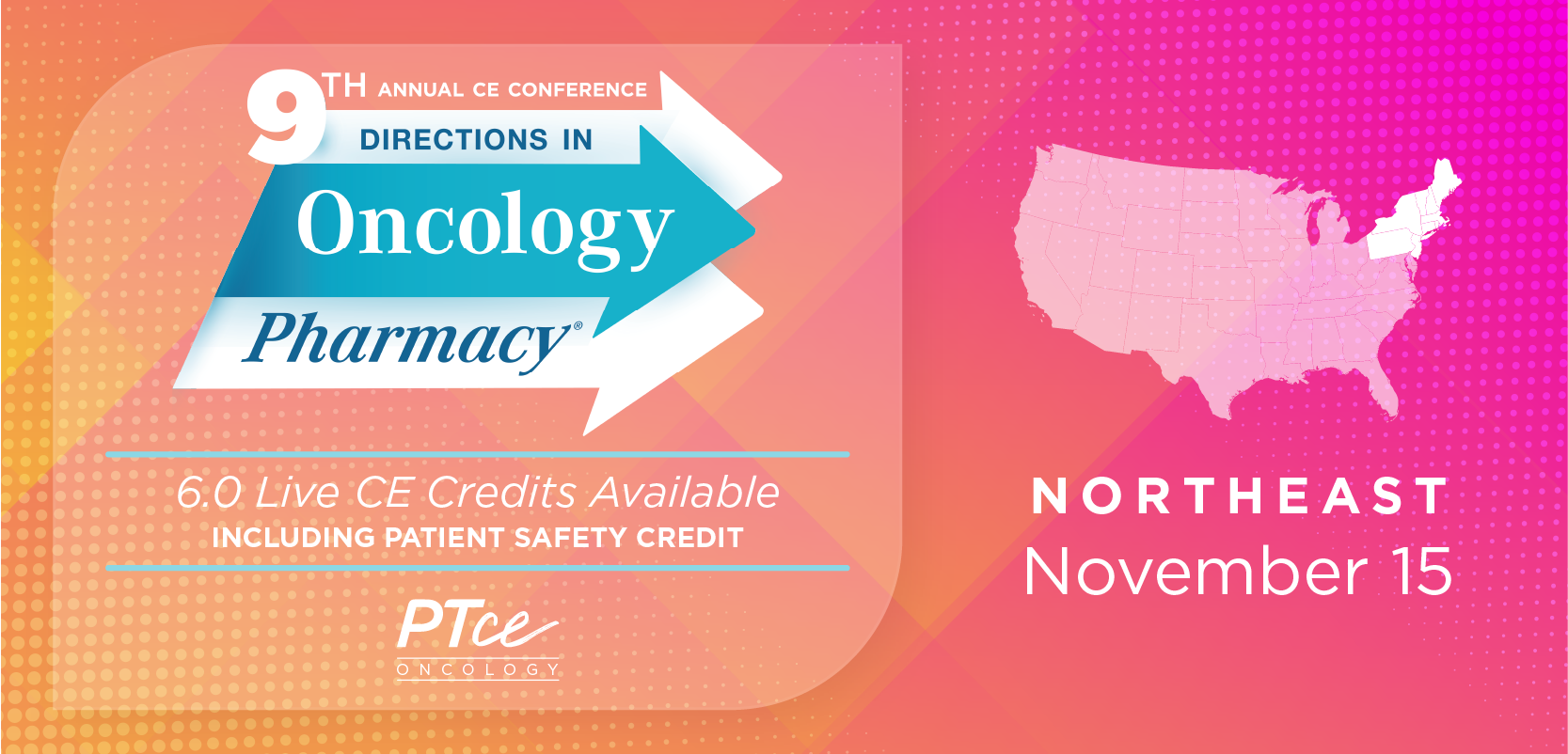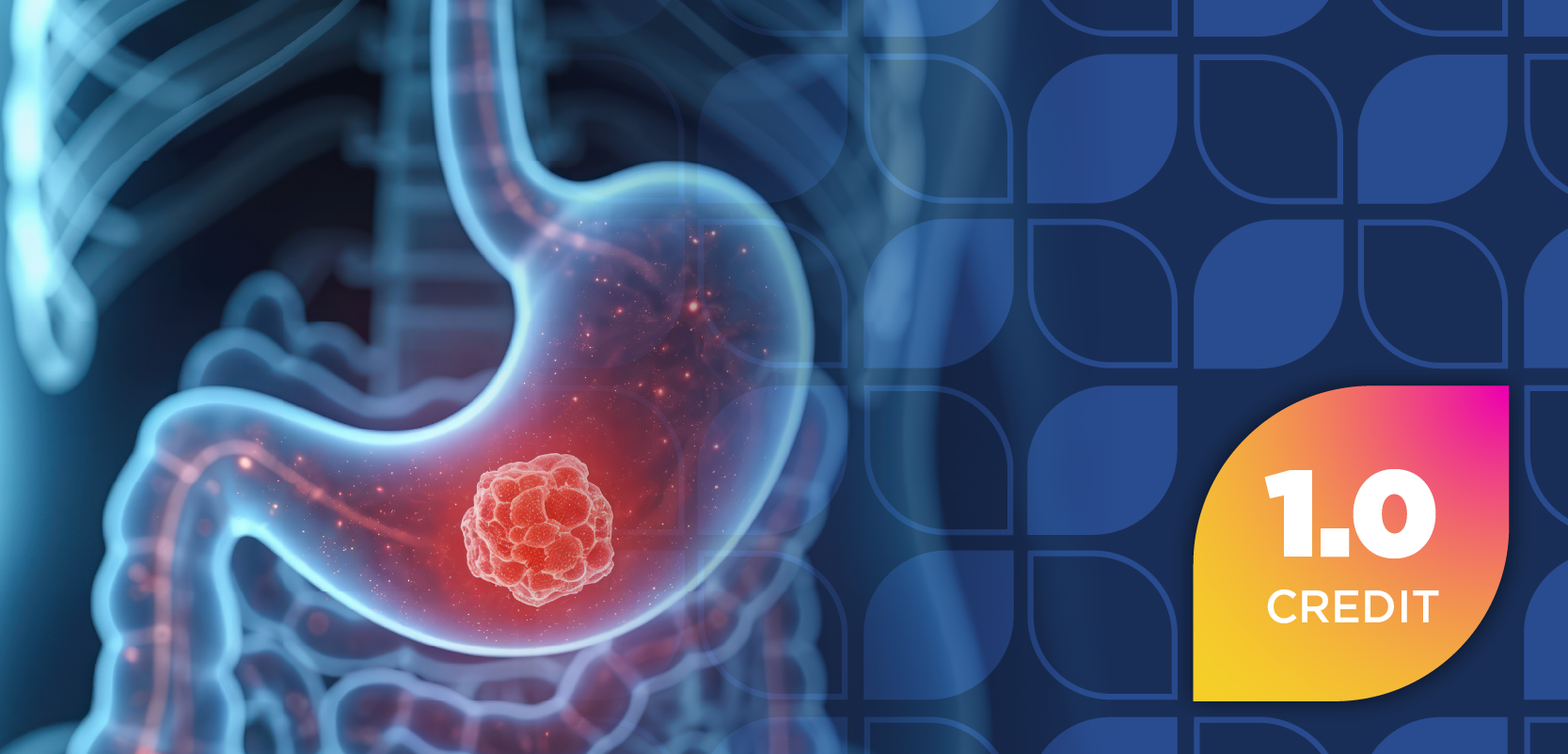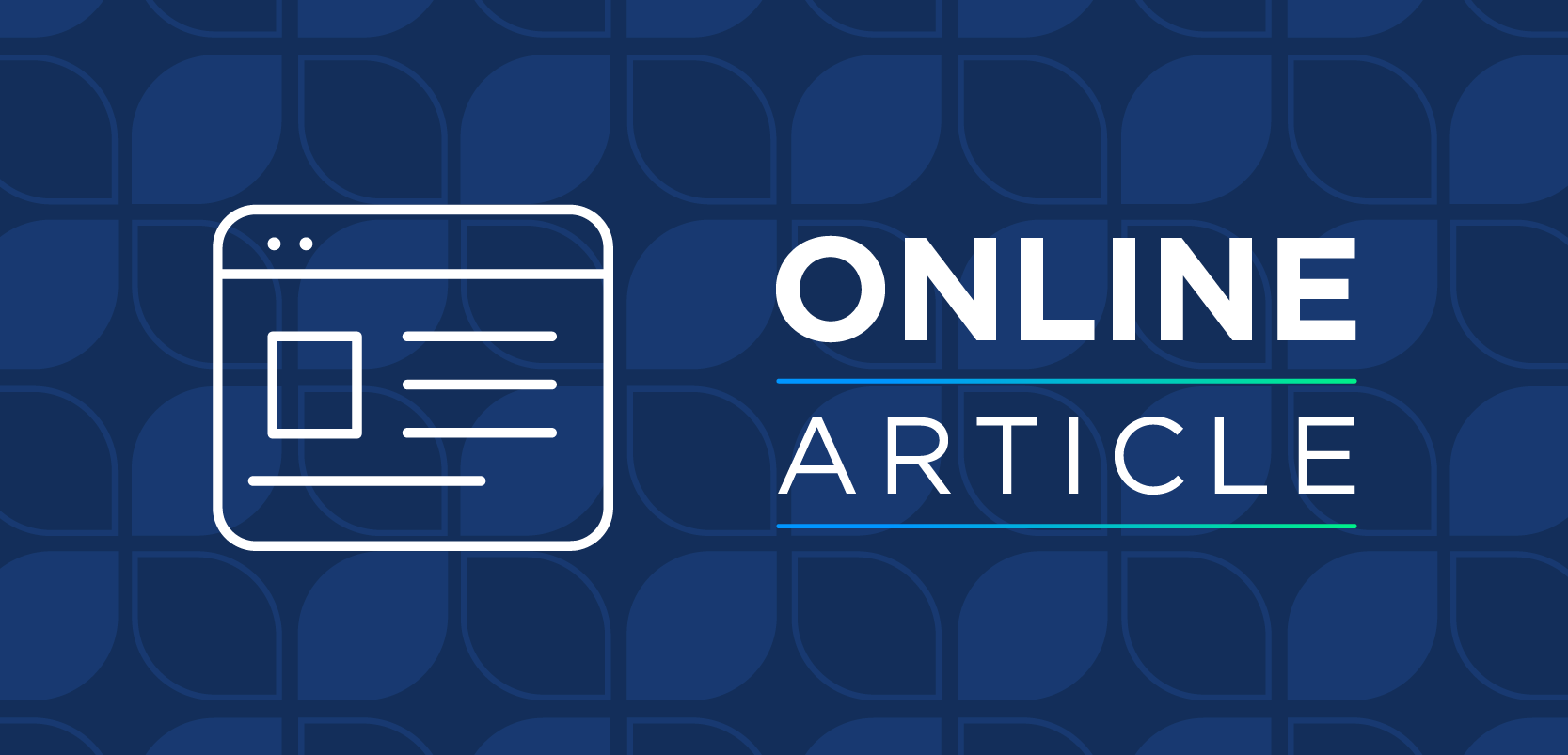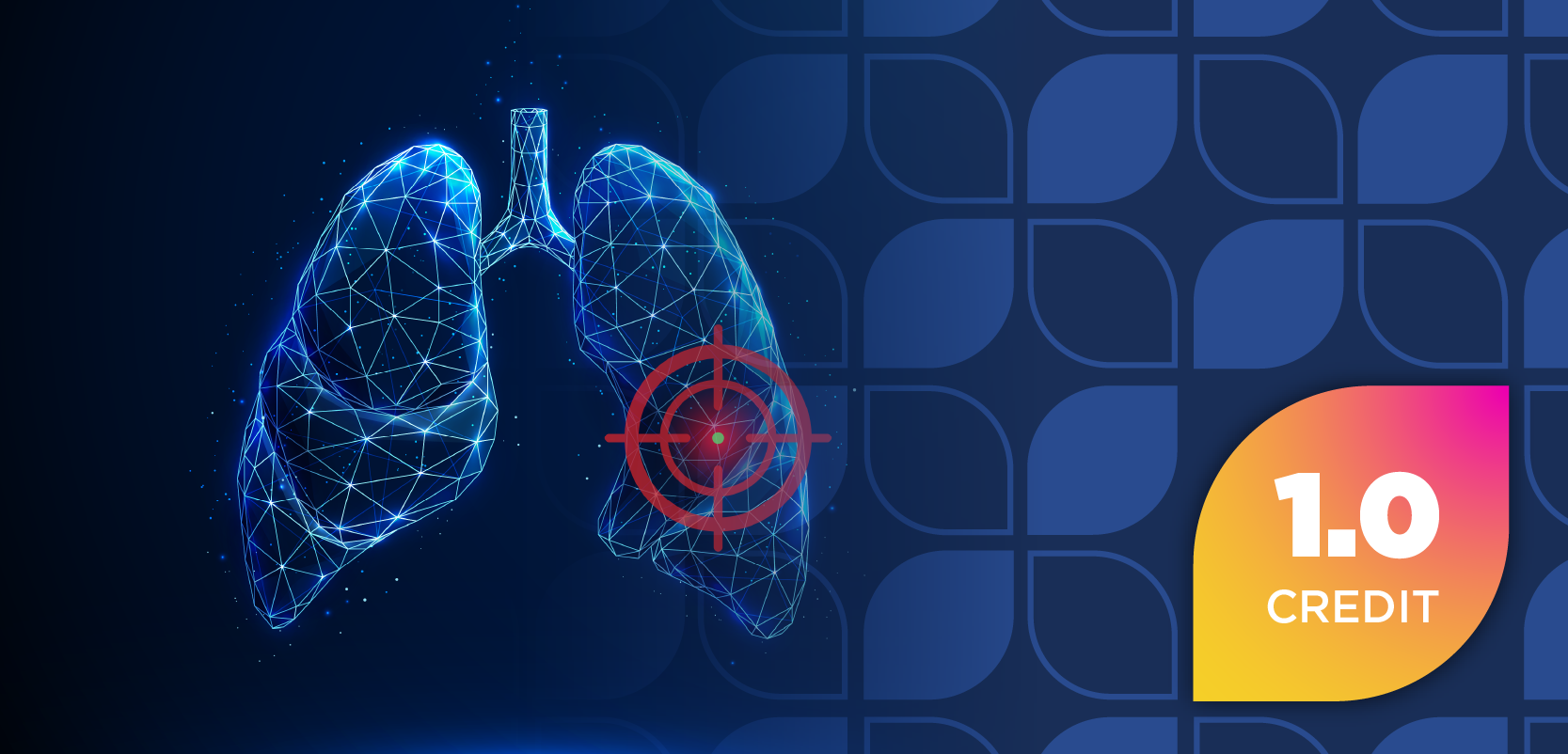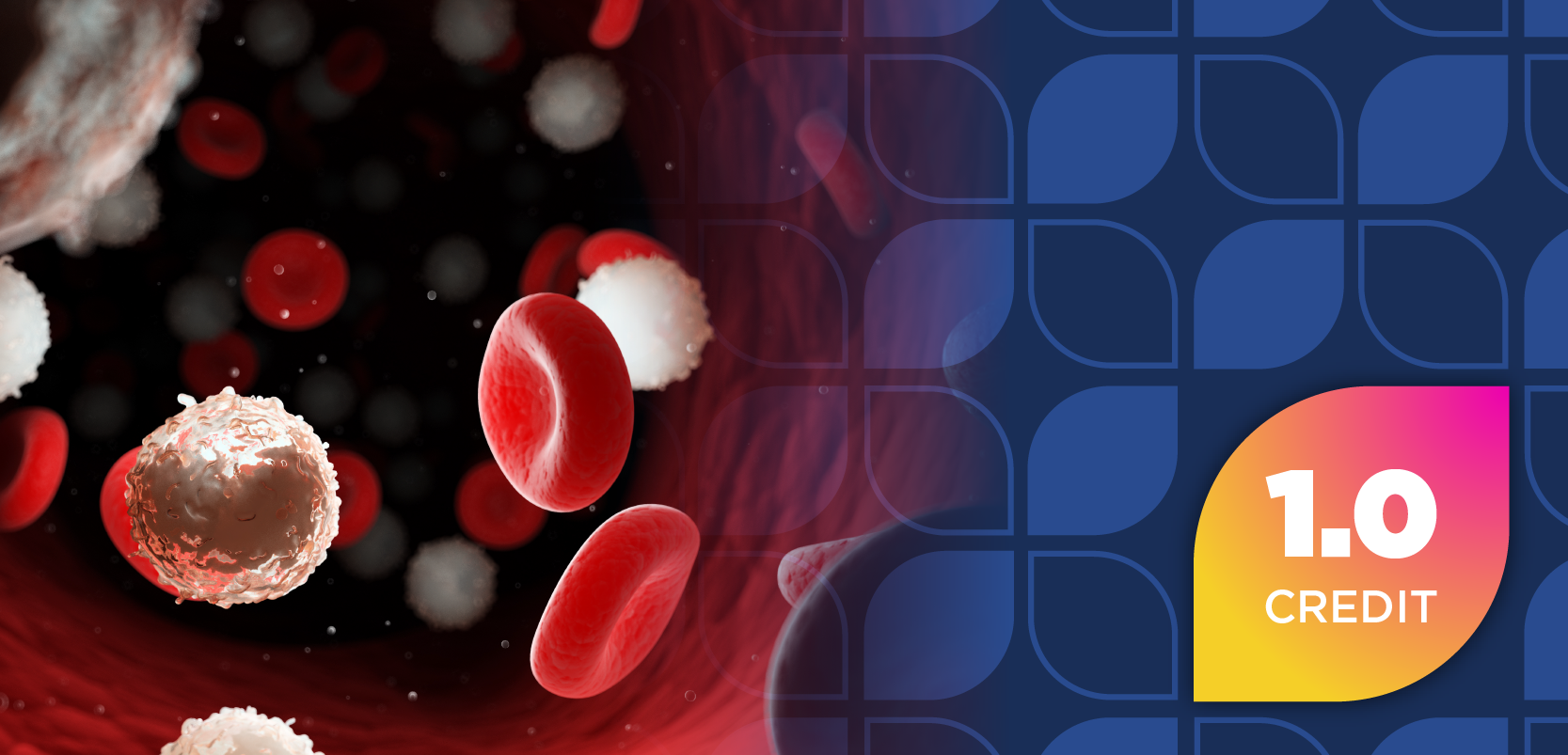
- February 2018 Infectious Disease
- Volume 84
- Issue 2
Effective, Safe, and Worthy of Your Active Medication List
Nonprescription medications play an essential role within the US health care system as a highly accessible, effective, and safe means by which to treat hundreds, if not thousands, of ailments, symptoms, and, in many circumstances, underlying conditions.
Nonprescription Medications (Formerly Known as Prescription-Only Medication)
Nonprescription medications play an essential role within the US health care system as a highly accessible, effective, and safe means by which to treat hundreds, if not thousands, of ailments, symptoms, and, in many circumstances, underlying conditions. More than 4 of every 5 households in the United States purchased an OTC medication in the past 6 months.1 With more than 2.6 billion trips taken per year to purchase OTC medications, it is the most frequent caregiver- and patient-initiated health care activity, far outpacing other interventions.2 For context, in 2014, there were just under 900 million physician office visits (about a third of the trips to purchase OTCs) and about 125 million hospitalizations (about one-twentieth).3
As the masters of our domain behind the counter, we get lulled into the subconsciously reinforced motions of ensuring the effective and safe dispensing of prescription-only medications. Right patient? Check. Right drug? Check. Right strength? Check. Right form? Check. Right quantity? Check. Right instructions? Check. Works for the condition being treated? Check. Works with the other drugs being taken? Check. Plan for follow-up? Check. Document use? Check.
Yet, as a matter of practice, we rarely do all this for non-prescription medications. Why? We often forget that so many of the medications on the other side of the counter were formerly prescription-only, warranting a visit to an outpatient clinic, with a full history and physical medical charting and entry into the active medication list. In fact, if we get a prescription for a medication that is available OTC at a lower dose (eg, ibuprofen) but at a prescription strength, why would we discriminate how we approach assessment, intervention, and documentation, based solely on the strength of the medication?
Do Not Relegate OTCs to the Kid’s Table (They Should be On Your Active Medication List)
In this month’s issue of Pharmacy Times, Stefanie Ferreri, PharmD, provides an update on nonprescription medication trends in an OTC Focus article and highlights the importance of these products. She also points out that there are a number of products that remain first-line therapies following the switch to nonprescription status, despite being widely available without a prescription. The trend toward approving medications for nonprescription use and marketing is only likely to accelerate as the broader behavioral economic trend of consumers demanding more readily accessible and affordable products and services flies in the face of the traditional health care delivery model.
You Diagnose and Prescribe Every Day (Do Not Do It Without Checking the Active Medication List)
Dr. Ferreri also highlights the potential misuse of nonprescription medications. With accessibility comes the need for vigilance in communication and outreach. Every day, tens of thousands or more pharmacists assess a patient’s symptoms, determine the appropriate therapy options, present those options to the patient-consumer, make a recommendation, and counsel them appropriately. Yet, we could do a much better job of documenting new or re-initiated nonprescription drug use in their medical records and medications lists or consider the other medications that they use and health conditions that they may have during that patient-consumer encounter.
Nonprescription medications should be equivalent in every manner when providing care to a patient as a prescription-only medication. After all, prescription-only status, is a regulatory concept, not a mechanism of action. Consider that fibers, such as psyllium, which we all learned of as a bulk-forming laxative, were endorsed by the FDA for its low-density lipoprotein-reducing and high-density lipoprotein-increasing effects nearly 2 decades ago.4,5 Recently, some evidence has come to pass for its diabetes-preventing effects as well.6
We often think of nonprescription medications mostly in terms of helping to relieve symptoms, whereas prescription-only products are for treating underlying disease states. Yet, increasingly, that is not the case, with more and more existing nonprescription products achieving uses for chronic disease states and more prescription-only products treating disease likely to become nonprescription over time.
Gaining, maintaining, or reinforcing the importance of considering nonprescription drugs to be equivalent to prescription-only products with respect to the pharmacist-delivered care process will only increase over time. Change, et al., put it well: “Patients still need to have pharmacists available to consult if they need guidance on the proper way to use a medication and for what conditions. Keeping the standards high is the best way to ensure that OTC medications will be safe and effective for patients.”7 Unfortunately, more than 4 of 5 users of nonprescription medications cite avoiding an encounter with a health care professional as a motivator for their use, while less than one-third were motivated by a health care professional’s advice.
Nonprescription medications are an excellent opportunity to engage with a patient, and we need to be consistently broadcasting to the health care provider and consumer communities that pharmacists are ready, willing, and able to engage with both for their nonprescription education and care delivery needs. We should reassure them by ensuring that due care will always be given, even if that magic piece of paper we call a prescription is not required by law.
Get Your Survey Done (Because Discriminating Minds Want to Know)
PharmacyTimes, in conjunction with U.S. News & World Report, is asking you to share your insights regarding the OTC products that you recommend most. The results of the survey provide good exposure for pharmacists among the public and our increasingly important role as trusted and accessible health care influencers. The Today show regularly highlights the results with a feature each year, and US News & World Report covers the findings extensively. The results are published in the annual PharmacyTimes OTC Guide, one of the most anticipated issues of the year. We need your participation to continue to make it a success.
To participate in the survey, go to
Troy Trygstad, PharmD, PhD, MBA, is vice president of pharmacy programs for Community Care of North Carolina in Raleigh, which works collaboratively with more than 1800 medical practices to serve more than 1.6 million Medicaid, Medicare, commercially insured, and uninsured patients. He received his PharmD and MBA degrees from Drake University in Des Moines, Iowa, and a PhD in pharmaceutical outcomes and policy from the University of North Carolina at Chapel Hill. He also serves on the board of directors for the American Pharmacists Association Foundation and the Pharmacy Quality Alliance.
References
- Consumer Healthcare Products Association. Understanding trust in OTC medicines: consumer and healthcare provider perspectives. yourhealthathand.org/images/uploads/CHPA_OTC_Trust_Survey_White_Paper.pdf. Published March 6, 2013. Accessed January 29, 2018.
- Consumer Healthcare Products Association. Statistics on OTC use. chpa.org/MarketStats.aspx. Accessed January 29, 2018.
- CDC. Ambulatory care use and physician office visits. cdc.gov/nchs/fastats/physician-visits.htm. Updated May 3, 2017. Accessed January 29, 2018.
- Anderson JW, Allgood LD, Lawrence A. Cholesterol-lowering effects of psyllium intake adjunctive to diet therapy in men and women with hypercholesterolemia: meta-analysis of 8 controlled trials. Am J Clin Nutr. 2000 Feb;71(2):472-9.
- de Bock M, Derraik JG, Brennan CM. Psylliam supplementation in adolescents improves fat distribution & lipid profile: a randomized, participant-blinded, placebo-controlled, crossover trial. PLoS One. 2012;7(7):e41735. doi: 10.1371/journal.pone.0041735.
- Gibb RD, McRorie JW Jr, Russell DA, Hasselblad V, D’Alessio DA. Psyllium fiber improves glycemic control proportional to loss of glycemic control: a meta-analysis of data in euglycemic subjects, patients at risk of type 2 diabetes mellitus, and patients being treated for type 2 diabetes mellitus. The American Journal of Nutrition. ajcn.nutrition.org/content/early/2015/11/11/ajcn.115.106989.abstract. Published September 22, 2015. Accessed January 29, 2018.
- Chang J, Lizer A, Patel I, Bhatia D, Tan X, and Balkrishnan R. J Res Pharm Pract. 2016;5(3):149—54. doi: 10.4103/2279-042X.185706.
Articles in this issue
over 7 years ago
Ticagrelor Interactionsover 7 years ago
The Expanding Health Benefits of Prebiotics and Probioticsover 7 years ago
Pet Peeves (February 2018)over 7 years ago
Can You Read These Rxs? (February 2018)over 7 years ago
ISMP Medication Error Safety Briefsover 7 years ago
Advancements Come With a Cost: Oral Chemotherapy Parity Lawsover 7 years ago
Are Opioids Our Only Drug Problem?over 7 years ago
Authorizing Technician Activity When No Pharmacist Is Presentover 7 years ago
Case Studies (February 2018)over 7 years ago
Generic Product News (February 2018)Newsletter
Stay informed on drug updates, treatment guidelines, and pharmacy practice trends—subscribe to Pharmacy Times for weekly clinical insights.





